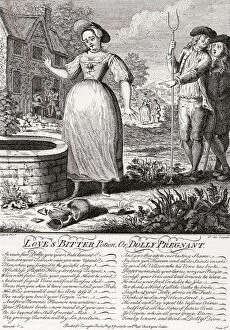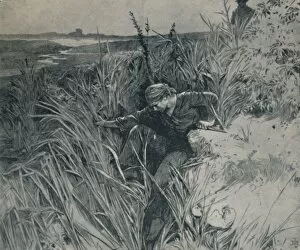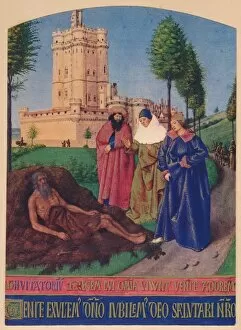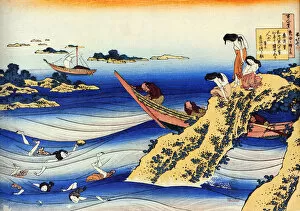Outcast Collection (#2)
"The Outcast: A Tale of Ghosts, Rebels, and Redemption" In the realm of British Productions films in 1929 and 1930, an intriguing story unfolded
All Professionally Made to Order for Quick Shipping
"The Outcast: A Tale of Ghosts, Rebels, and Redemption" In the realm of British Productions films in 1929 and 1930, an intriguing story unfolded. "The Outcast" captivated audiences with its haunting narrative that explored themes of love, loss, and societal rejection. At the heart of this tale lies the ghost of a dead lover, whose ethereal presence lingers to torment the protagonist's soul. Through mesmerizing cinematography reminiscent of "The Outlaw, " an oil on canvas masterpiece from 1861, viewers were transported into a world where spirits intertwine with mortal lives. Drawing inspiration from historical events and literary works alike, "The Outcast" weaves together various narratives. One such thread takes us back to Hagar and Ishmael in the Desert—an engraving from Dores The Holy Bible—where isolation becomes their only companion. Rorie Oge emerges as another central figure—a wild kerne and defeated rebel seeking solace amidst wolves in John Derricke's woodcut illustration from "The Image of Ireland. " Like Rorie Oge finding kinship among beasts, our protagonist finds unlikely comfort in solitude while navigating his own inner demons. Throughout history, outcasts have found refuge even in dire circumstances. A poignant scene captures a priest visiting a leper during the Middle Ages—a color engraving illustrating compassion amidst adversity from Jules Michelet's "Histoire de France. " As our protagonist grapples with his identity as an outcast, he discovers solace by Tanka Boats on the Shore—the tranquility depicted through delicate pen strokes and washes evoking both longing for belongingness and acceptance within nature's embrace. Yet society continues to dismiss those who do not conform; just like Tiresias dismissed by Pentheus or Tirenia Scacciato da Penteo—an episode immortalized in Book III—our hero faces rejection despite his yearning for connection. In the face of adversity, tales of redemption emerge.


















